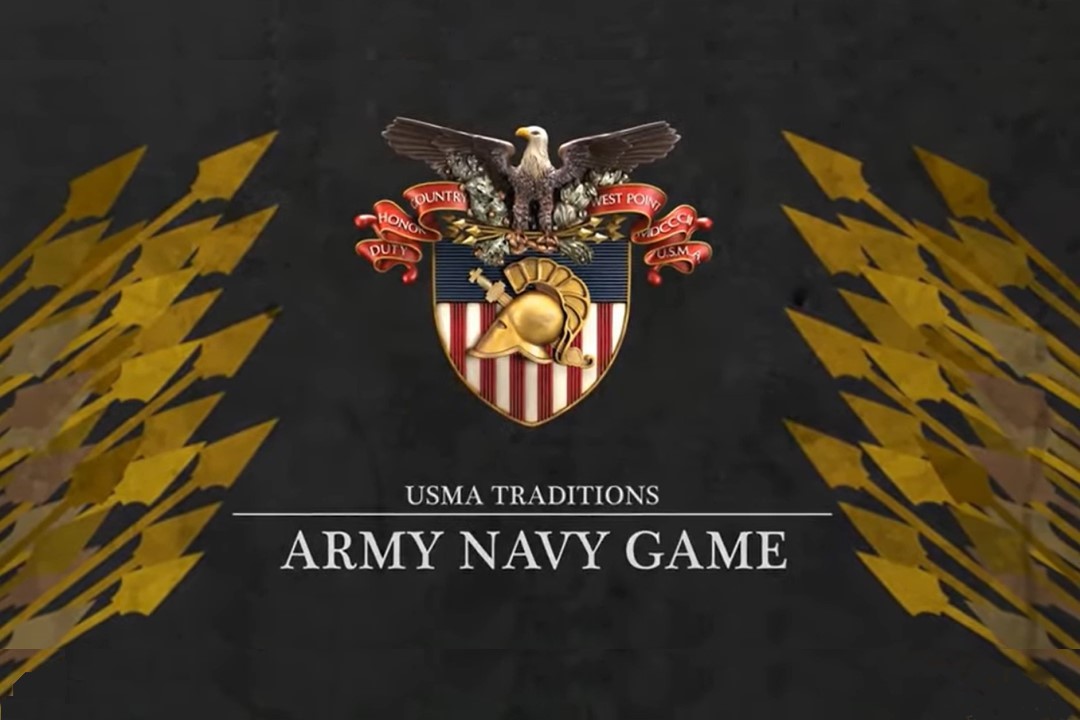Army-Navy Game
One of the oldest college football rivalries in the nation, the game has come to embody a celebration of service, a tradition of excellence, and a tradition of winning – both on and off the field.
Army-Navy Game
One of the oldest college football rivalries in the nation, the game has come to embody a celebration of service, a tradition of excellence, and a tradition of winning – both on and off the field.
About
A Storied Rivalry
From day one as a new cadet, you constantly see and hear these words: “Go Army! Beat Navy!” Every cadet is instilled with an appreciation for the friendly - yet intense - inter-service rivalry.
At the U.S. Military Academy (USMA), all cadets are athletes, and what they learn on the athletic field translates to success and excellence on the battlefield. Athletics teach discipline, grit, determination, will to win, mental and physical toughness, resilience, and the relentless pursuit of excellence. Cadets carry these same traits when they graduate and go on to lead and fight in the crucible of ground combat.
The week leading up to Army-Navy is packed with traditions, camaraderie, and pride. Cadets join together in teamwork and selflessness to support the Army Black Knights of the U.S. Military Academy and the USMA family.
Go Army! Beat Navy!
View 2025 game information
"On the fields of friendly strife are sown the seeds that on other days, upon other fields, will bear the fruit of victory."
The History
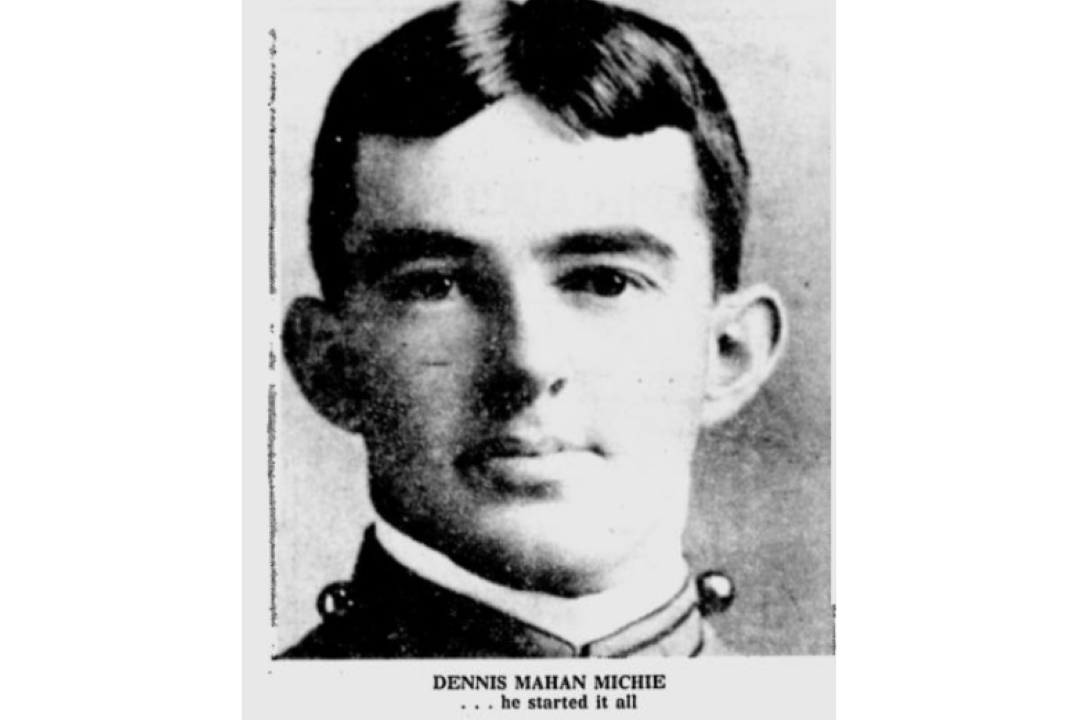
In 1890, Cadet Dennis Michie accepted a challenge by a group of midshipmen to a pickup football game between Navy and the newly formed West Point team.
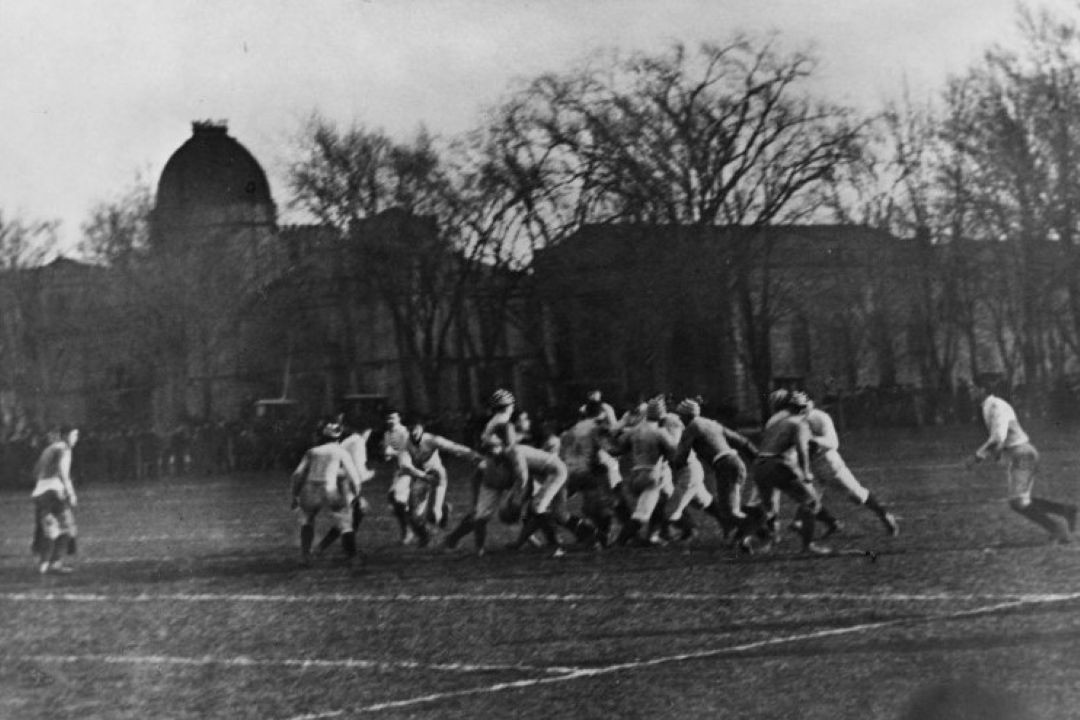
The two teams met on the Plain on Nov. 29, 1890, with the much more experienced Navy team defeating the fledgling Army team.
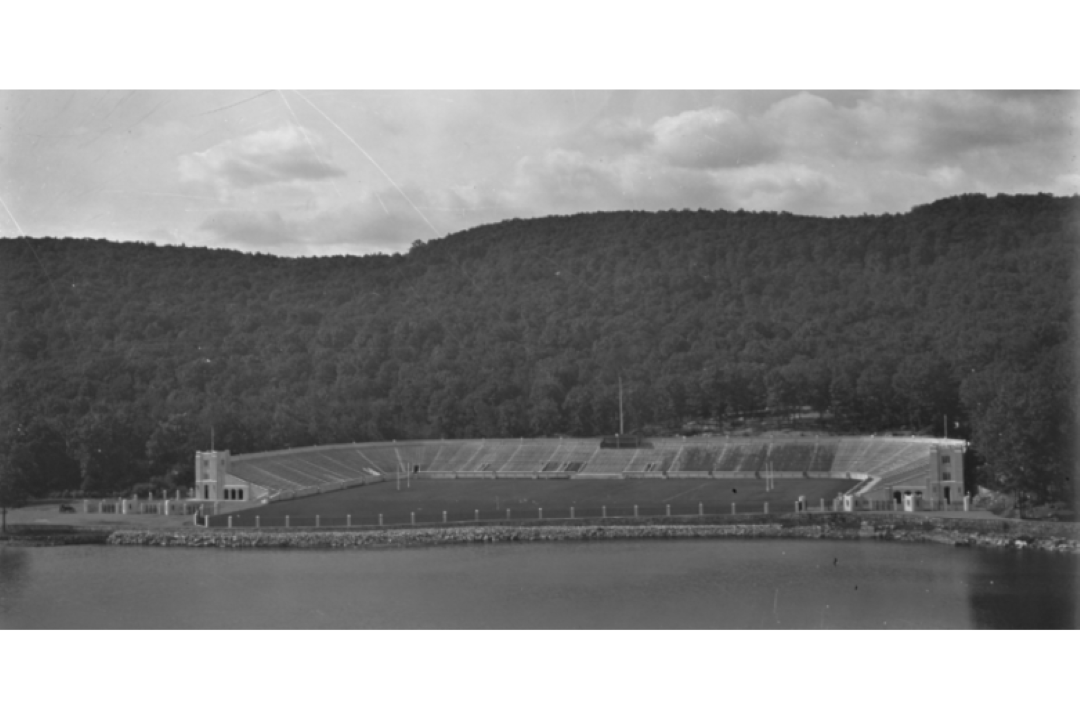
In 1891, Army would avenge the defeat with a 32-16 win, and a rivalry was born. Pictured, Michie Stadium, named for Cadet Michie, circa 1924.
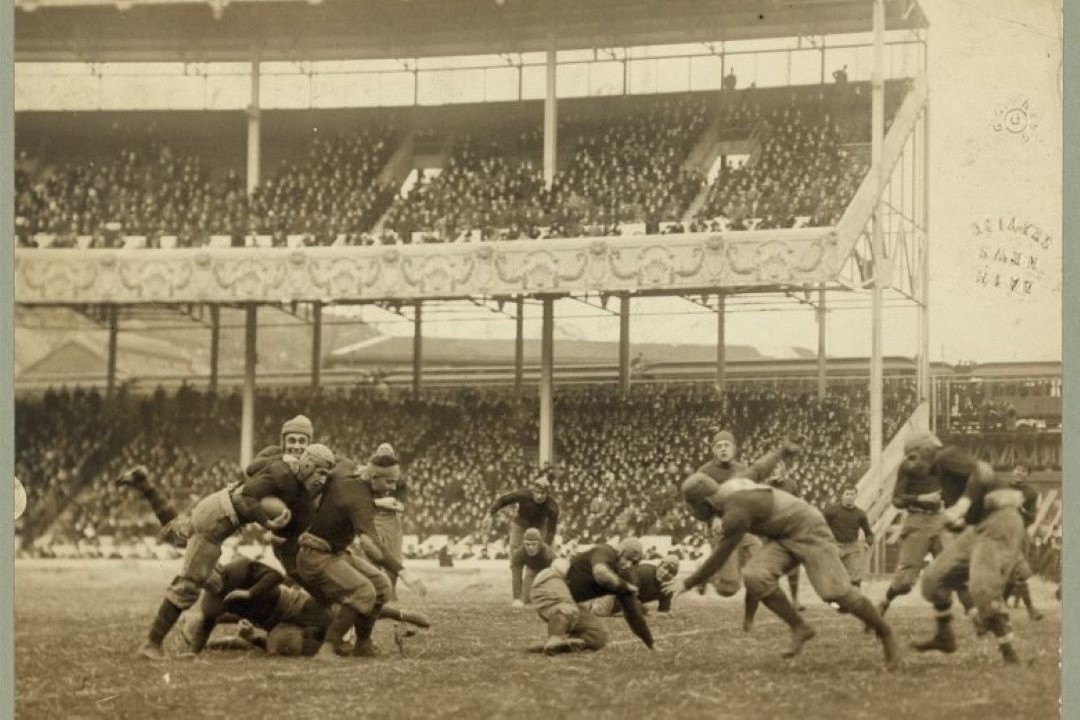
The 1916 Army-Navy game at the Polo Ground in New York City.
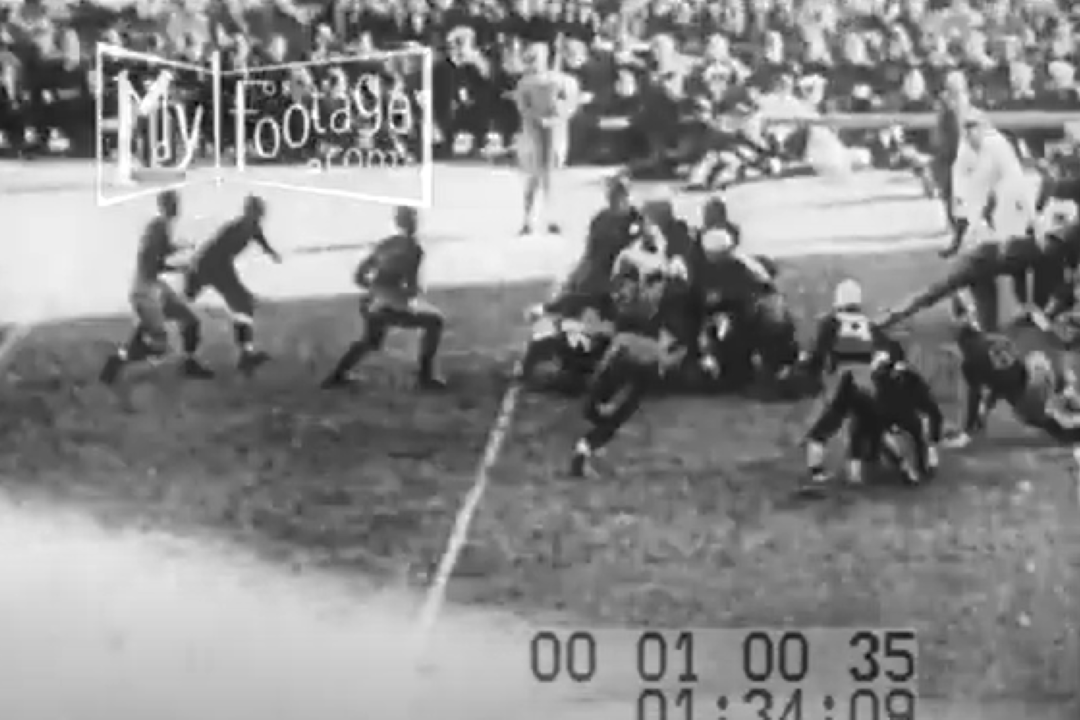
Army and Navy have met annually since 1930.
The Tradition
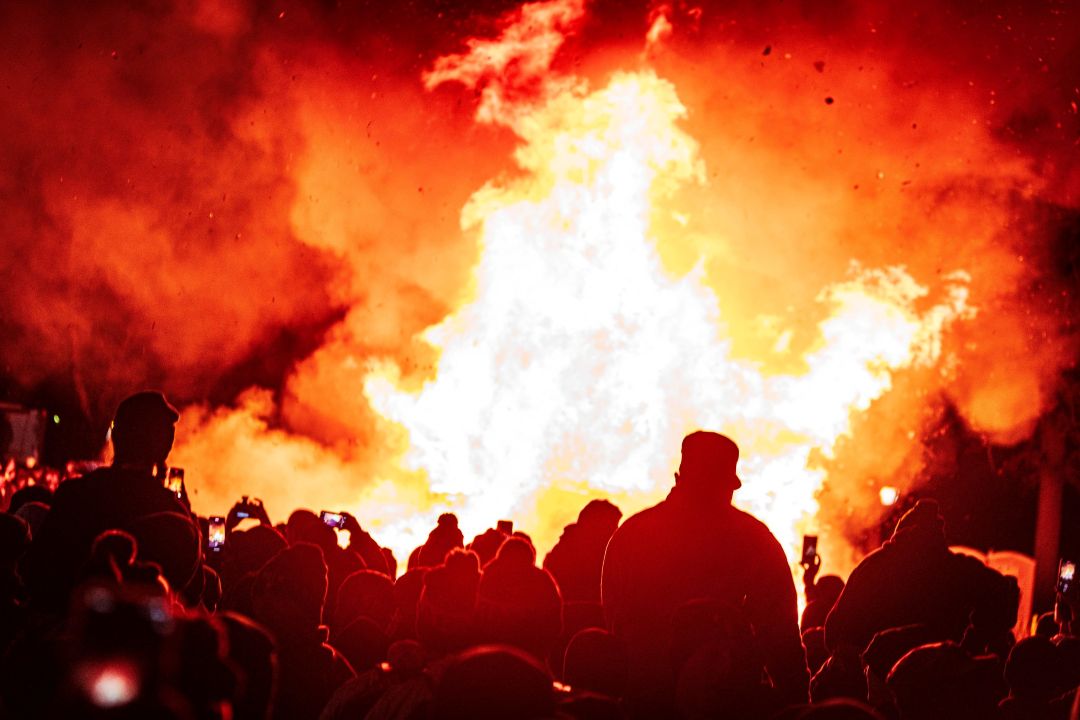
The bonfire is an annual tradition before the Army-Navy game, where the Corps of Cadets and community members take to the field for a spirit rally.

The rally centers on a bonfire that burns a 20-foot boat representing Navy in effigy.

The rally is filled with music, cheers, and passing the game ball to the West Point Marathon runners who traditionally run the ball to Philadelphia.
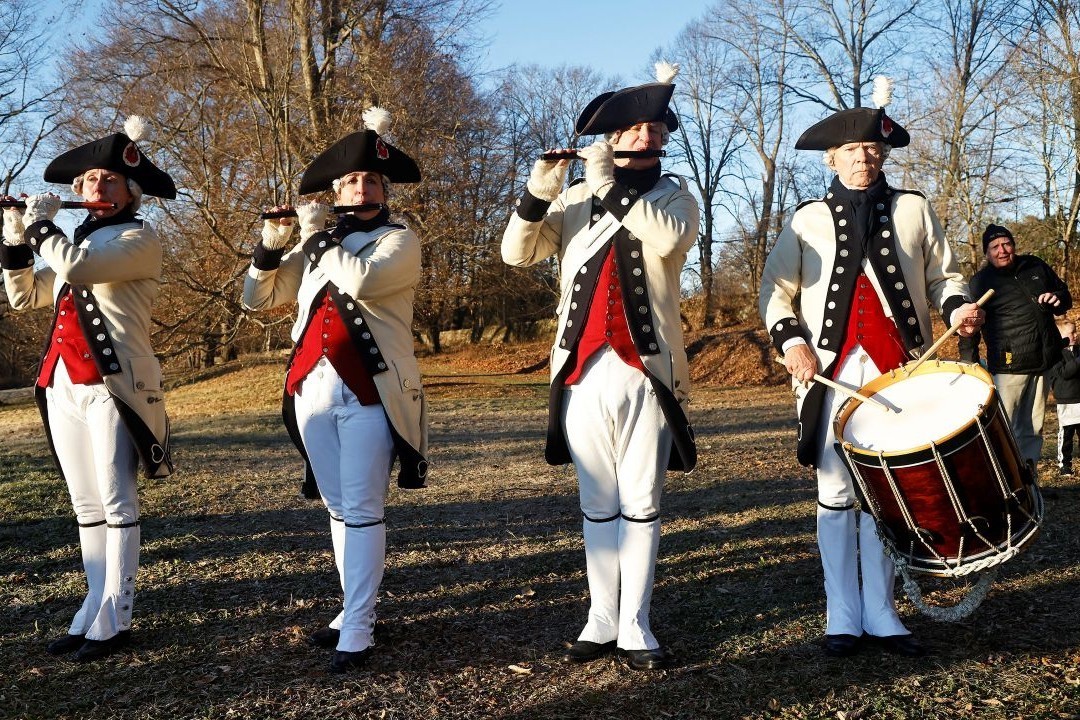
The Patriot Games is a spectacular two-day competition between cadets and midshipmen.
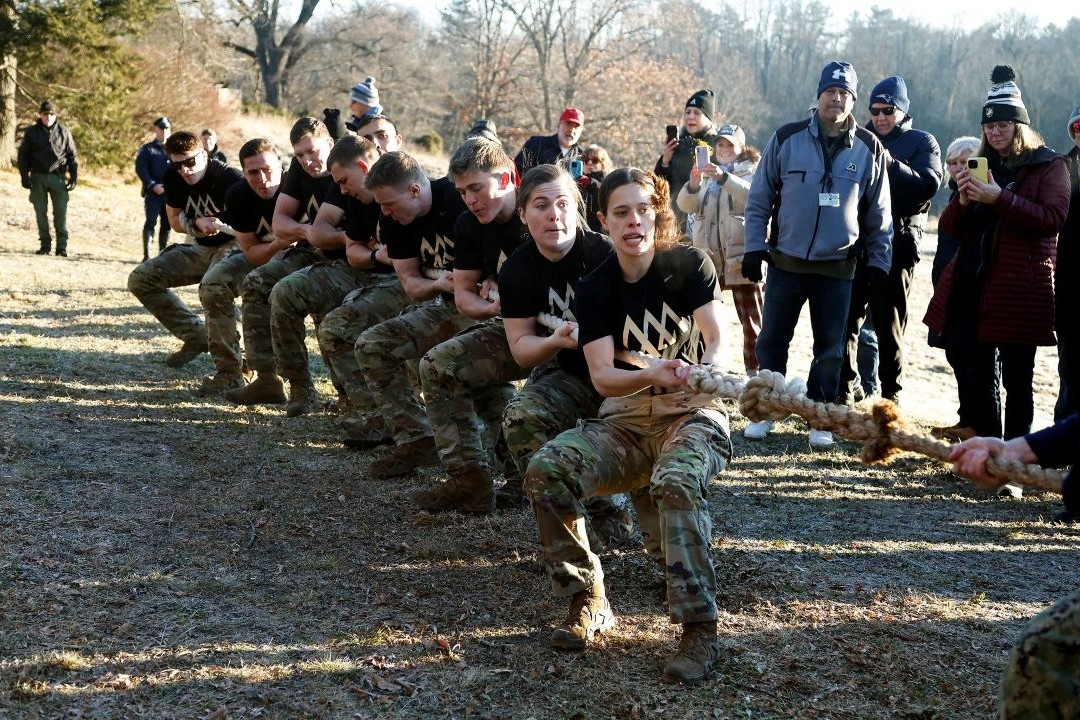
The team with the most points wins bragging rights for the year and is presented with the Patriot Games trophy on the field during the Army-Navy game.
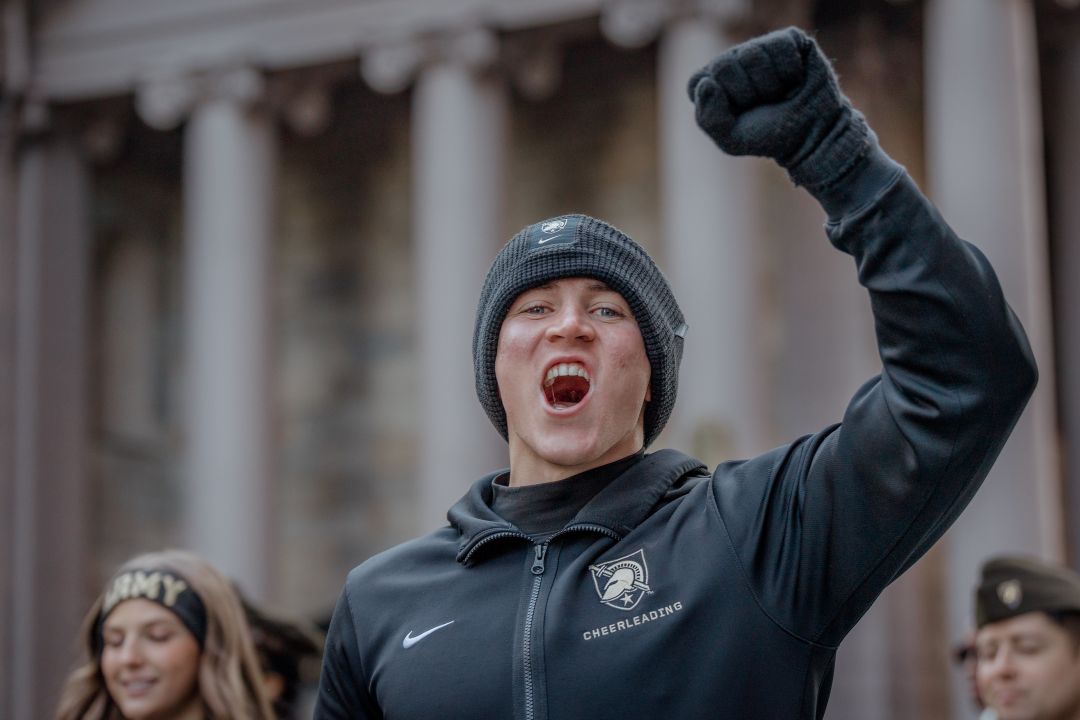
Before the start of the game, the USMA first captain will lead the midshipmen spending the semester at West Point to midfield, and the USNA brigade commander will bring out the West Point cadets.
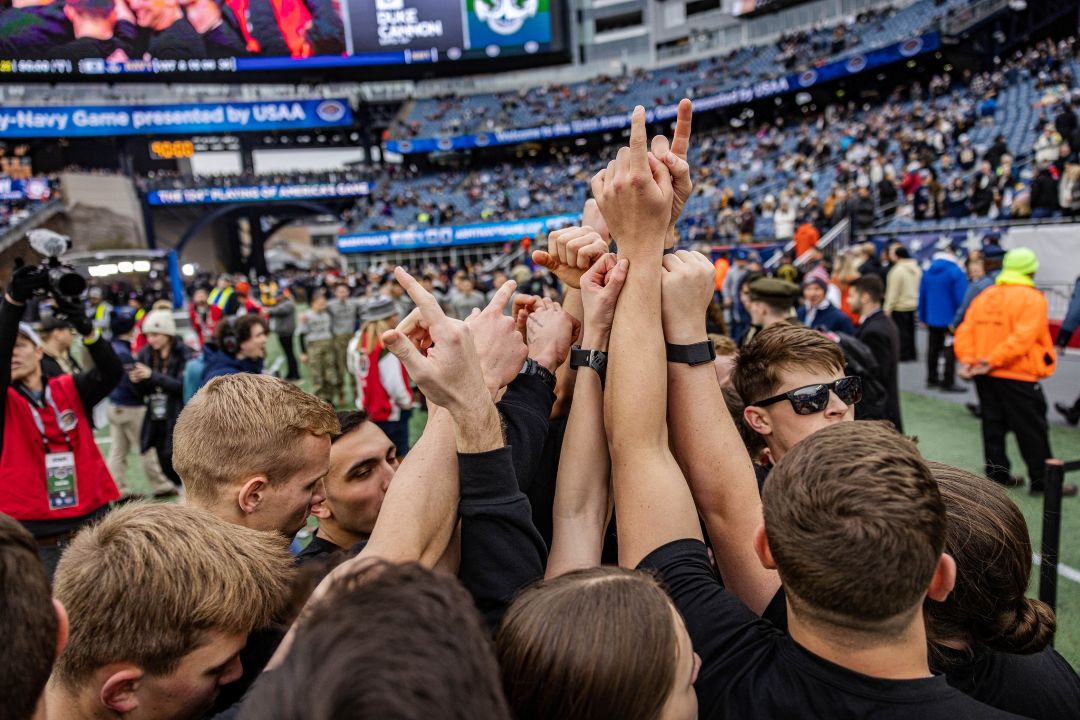
USNA and USMA academy leaders exchange Patriot Game "prisoners" before returning to their seating sections, allowing cadets and midshipmen to cheer on their teams from friendly areas.
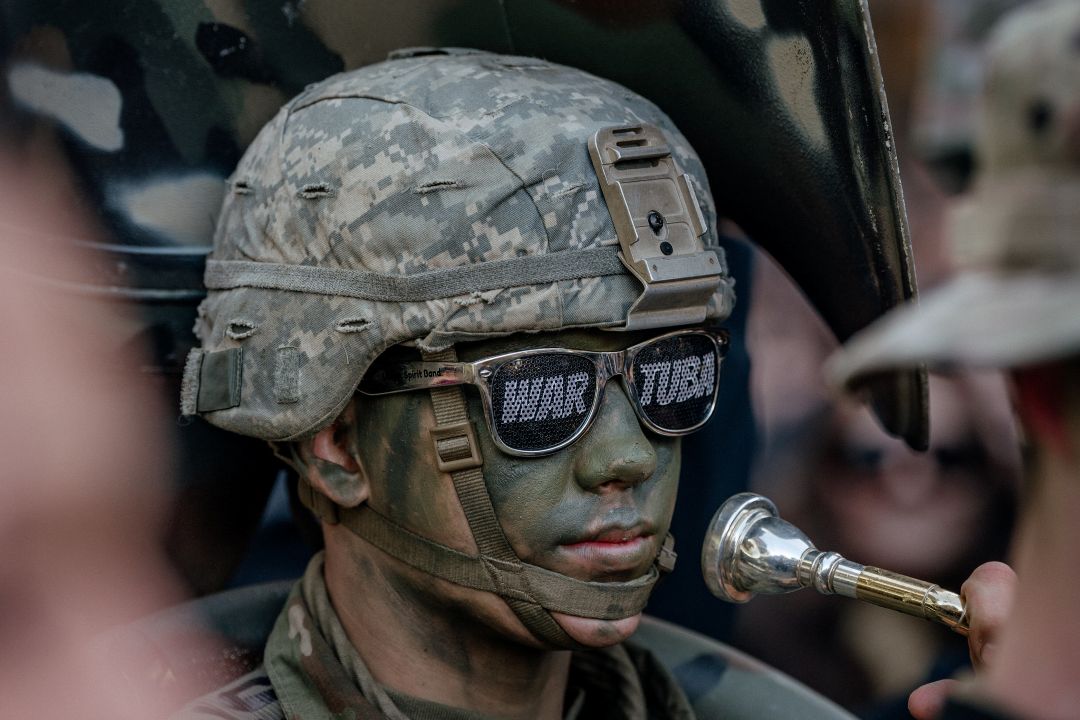
At the end of the game, both teams come together to sing each other's anthem. The losing team's anthem gets sung first in a sign of good sportsmanship
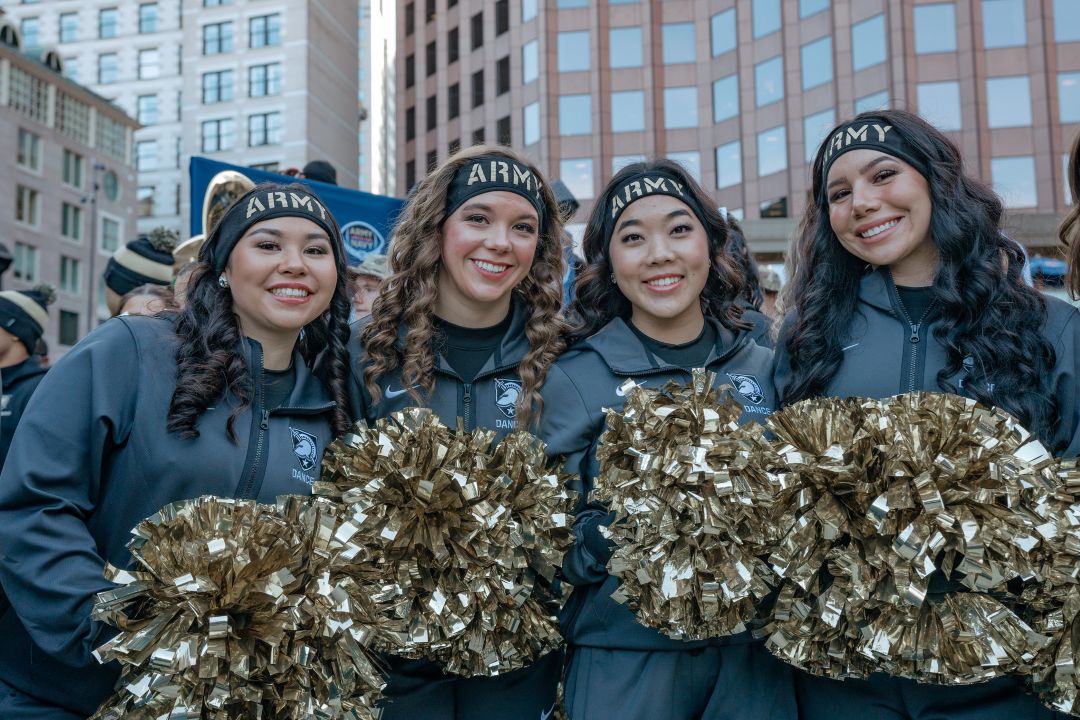
The Army-Navy game marks the end of the college football regular season and the third and final game of the season's Commander-in-Chief's Trophy series, which also includes the Air Force Falcons of the United States Air Force Academy (USAFA).

The Goat-Engineer flag football game is played between the top (academically ranked) half of the class and the lower half (the Goats) for that year's bragging rights.
The Game
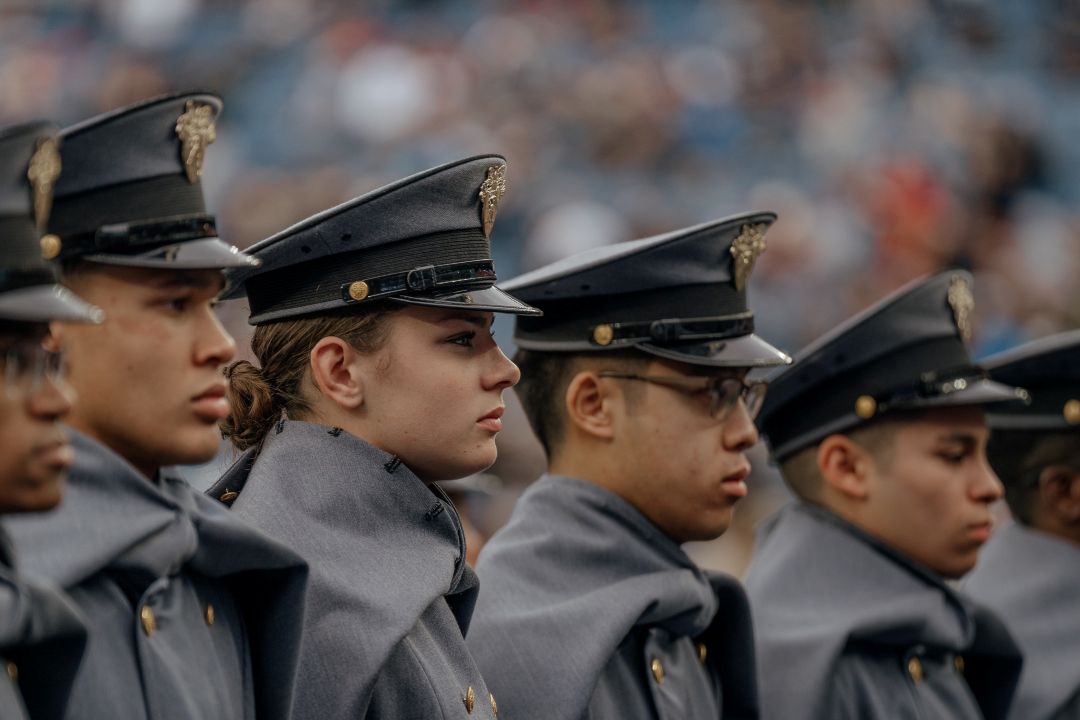
The day of the game is an opportunity to showcase America’s finest – the men and women of the Corps of Cadets and Brigade of Midshipmen.
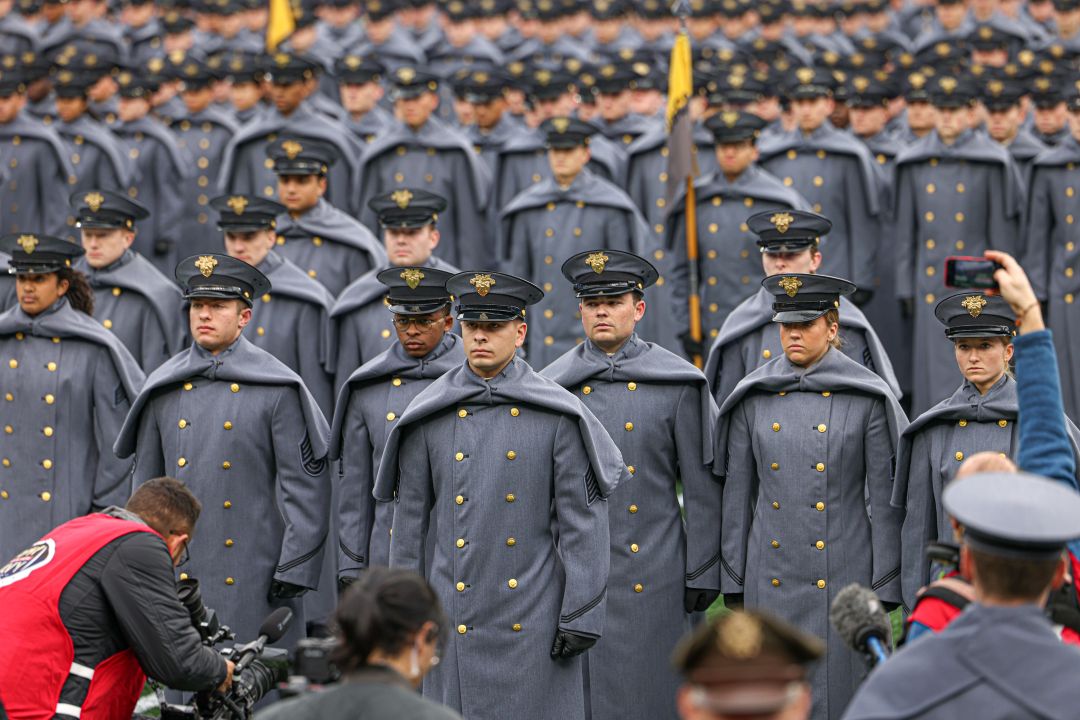
The Corps of Cadets takes to the field to showcase these incredible young men and women who have stepped forward to serve their country.
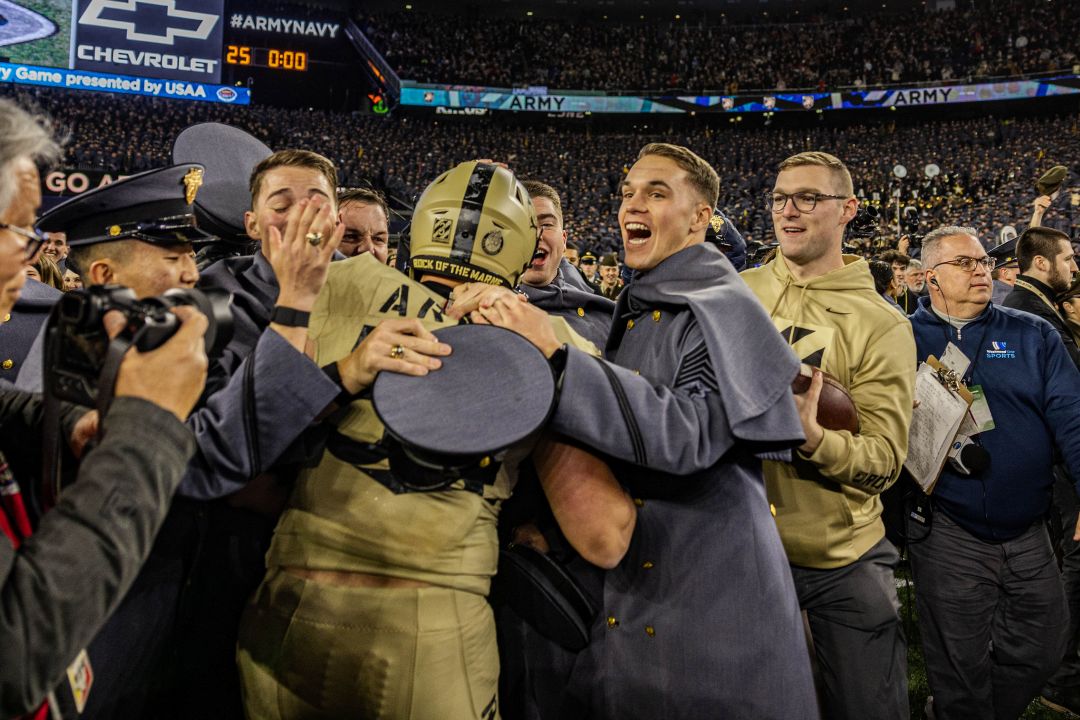
The Corps of Cadets and the Army Black Knights show what the nation expects when they step onto that big field of the crucible of ground combat – they’re willing to lay it all on the line for their brothers and teammates.
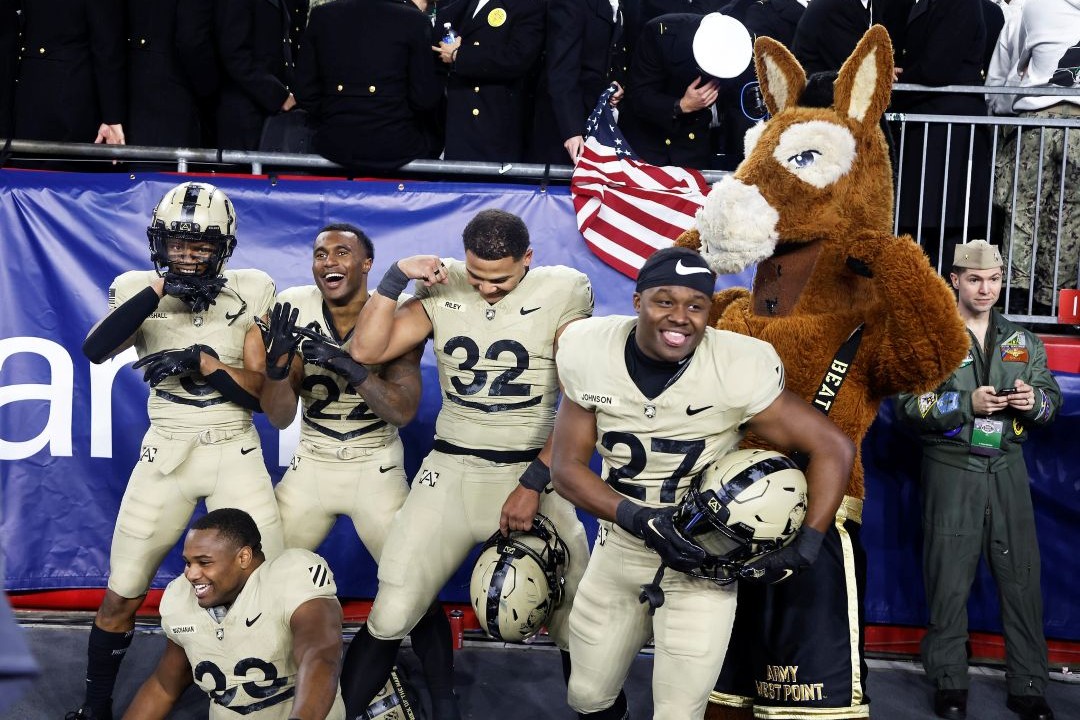
A recent grad and former Army football player said, “We bleed together on the football field before we bleed together on the battlefield” – willing to lay it all on the line for their Army family and teammates.
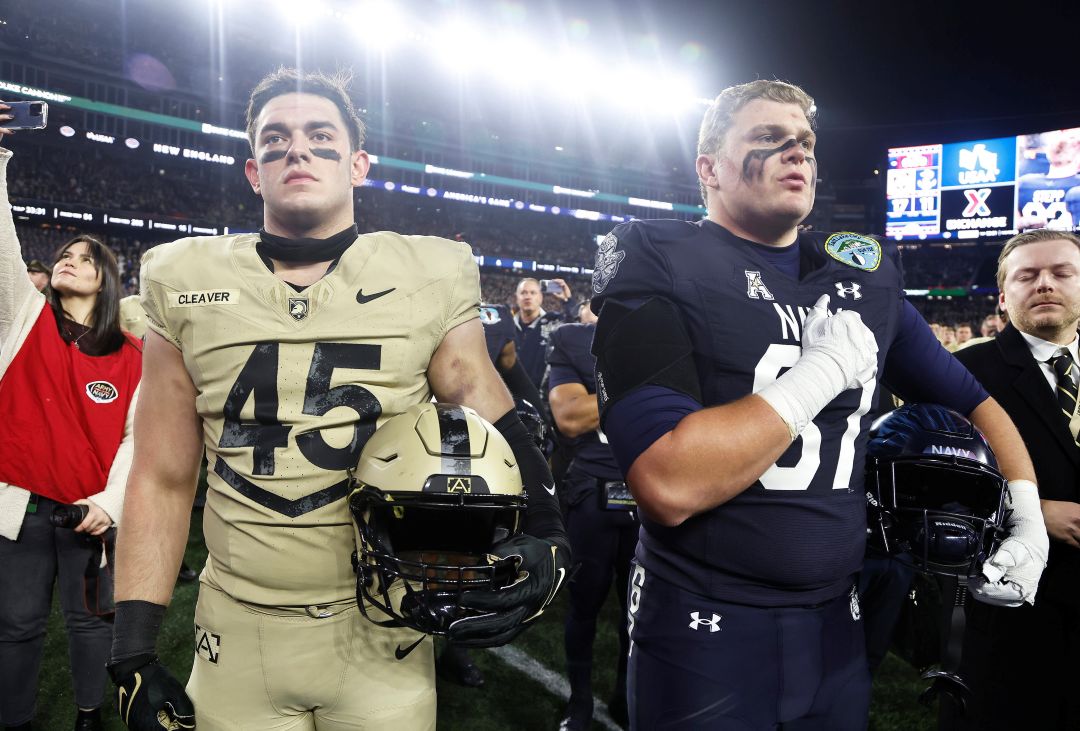
Most importantly, after the final play is run and the whistle is blown, both teams clasp hands and become part of a bigger team - America’s Team - and a greater brotherhood, standing shoulder to shoulder with each other in harm’s way and ready to stand in the gap to defend this great nation.
